Latest Posts

06 December, 2017
My first experience of programming came when I was roughly 10 years old, using view-source to look at how websites were made and changing them in Notepad to see what happens. I think the first thing I completed was a DragonBall Z fan site.

20 November, 2017
“We get a lot of requests for emerging technologies from clients, but they aren’t necessarily sure what to do with them.”
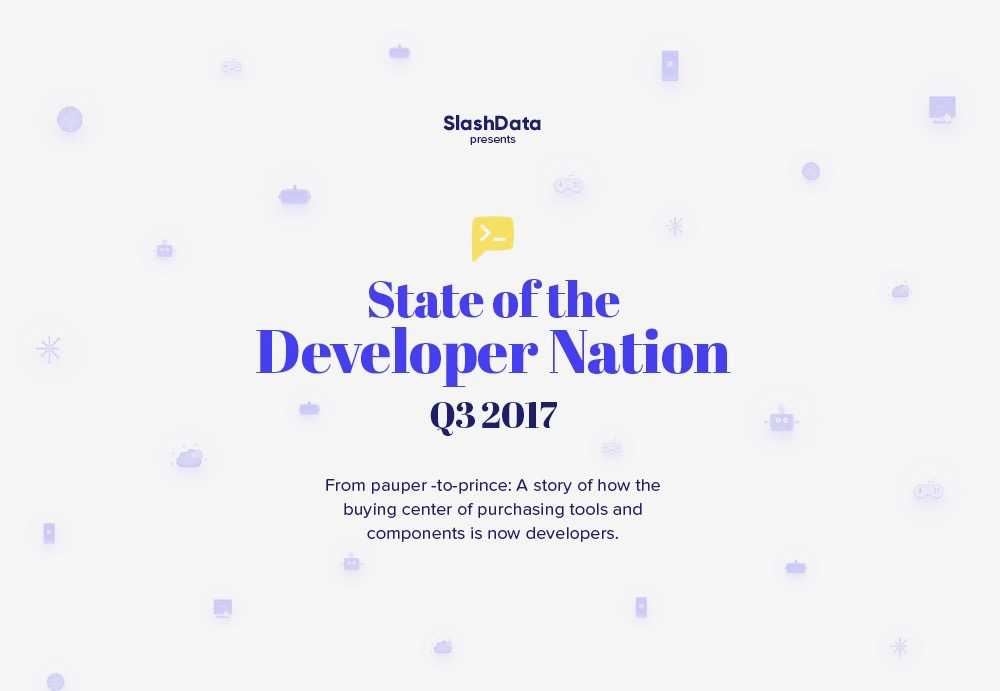
20 September, 2017
We recently announced the State of the Developer Nation Q3 2017, our popular semi-annual report based on key insights from the largest, most global developer research program. The State of the Developer Nation Q3 2017 report is based on the 13th edition Developer Economics survey, which looked into the most trending development topics including tools, SDKs, training, distribution channels and development resources
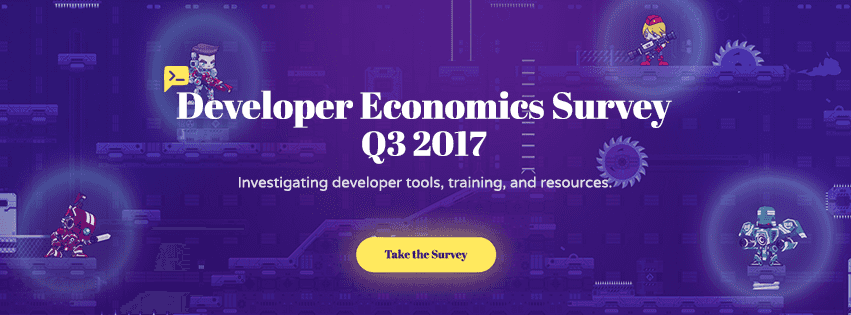
31 July, 2017
Welcome to the full rundown of the Developer Economics survey Q3,2017 (April-June) prize-draw winners. Below you’ll find a table comprised of the winners. We’ve listed the name and countries of all the people that have won and given us permission to share their details . For those where we are awaiting permission, their emails are displayed (but obfuscated for security reasons) and finally those who’d prefer not to share their details, we’ve simply displayed their initials and country.

19 May, 2017
There’s an interesting trend in the second decade of this millennium. Things once declared “dead,” are experiencing a resurgence. For example, animated GIFs, once relegated to cheesy ads for home refinancing or losing belly fat in a month with acai berries, are back in Slack channels, social media and blogs everywhere. Email newsletters have returned after many corporations abandoned them as sales and marketing tools in 2008 or so. Podcasts were declared to have peaked sometime around 2010. Now, they’re back and there are almost too many to choose from. The consensus about the return of animated GIFs, email newsletters and podcasts is that they’ve improved in quality and offer more to people who use them.

19 May, 2017
IoT platforms were on the cusp of reaching the peak of inflated expectations in Gartner’s Hype Cycle from August 2016. Not surprisingly – there are literally hundreds of them, and counting. Also, the word ‘platform’ is used for anything, from network infrastructure to hardware components to cloud services. In the end, IoT owes its boom in popularity to more and better tools becoming available for developers. In this article, we shed some light on the types of tools that IoT developers are actually using.
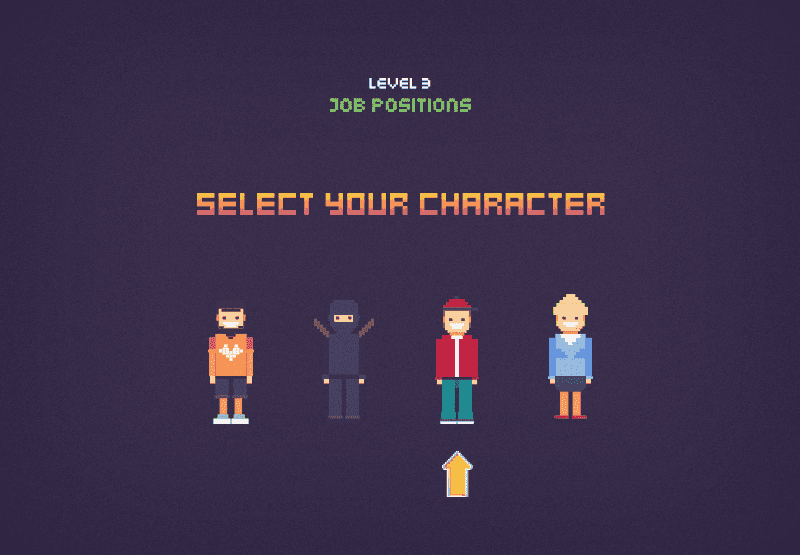
16 May, 2017
Once you have achieved the level of education or training needed for a career in game design, you can plan for your future in the industry. This begins with determining your career path, gaining experience, and creating your first game.
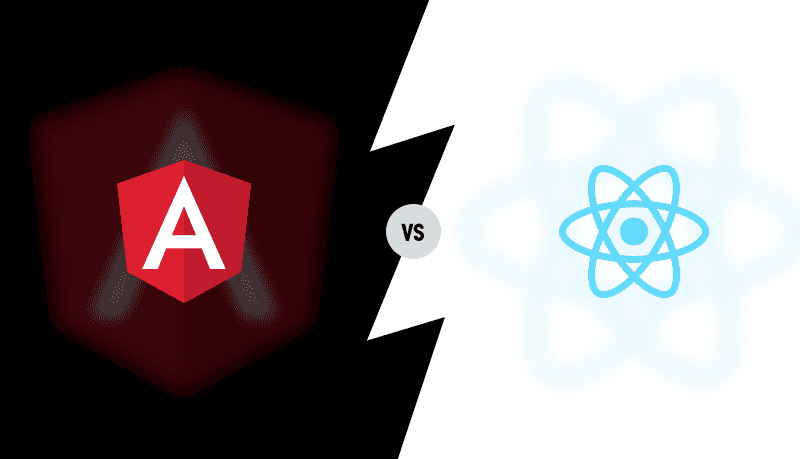
16 May, 2017
Google and Facebook are two of the world’s most powerful companies and each has created a framework for building web apps. Angular and React respectively appear to be in a battle for the future of the web, with the active online debate and adoption for large consumer-facing apps seeming to lean quite strongly in React’s favour at present. Are they collectively taking over the front-end? Is React really leading? Our data from a broad cross-section of nearly 6,000 web developers may surprise you.
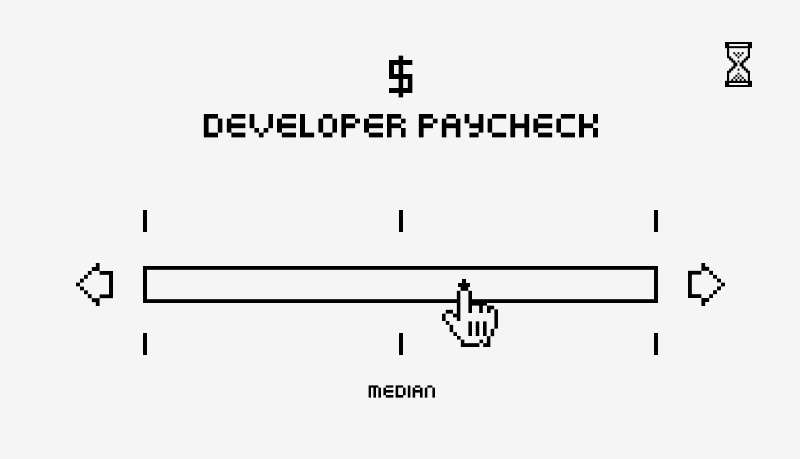
12 May, 2017
As a software developer, what is the most lucrative opportunity you could be working on? This is a very relevant question to ask. Software skills are generally scarce and good developers are highly coveted. Furthermore, developers are mobile, in the sense that the nature of their trade allows them to work from remote locations quite easily and marketplaces for their services are well established. So which project should you pick?
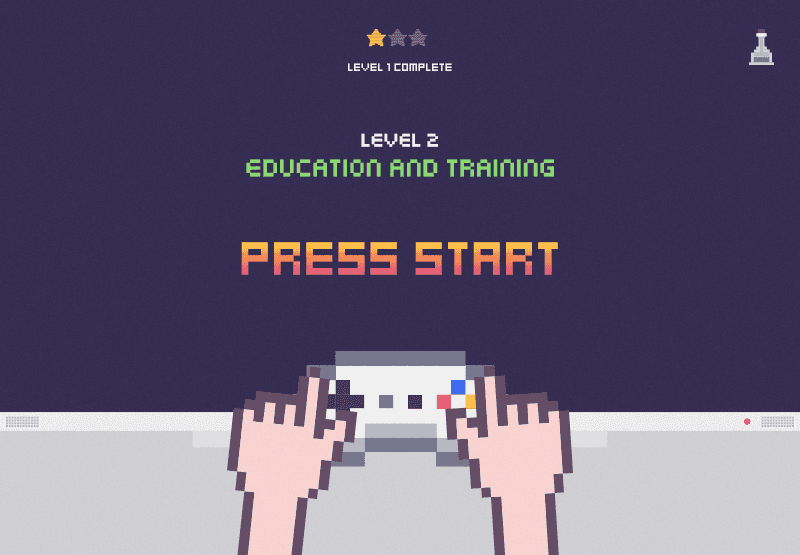
09 May, 2017
If you have spent any time researching a career in game design, then you probably already know that the most current game design training is needed. This industry is growing; however, it remains extremely competitive. Therefore, it is essential to have expert knowledge of the entire game R&D process. If it is your goal to work for a game studio or to design your own games, you need training as a programmer and in graphic design or art.